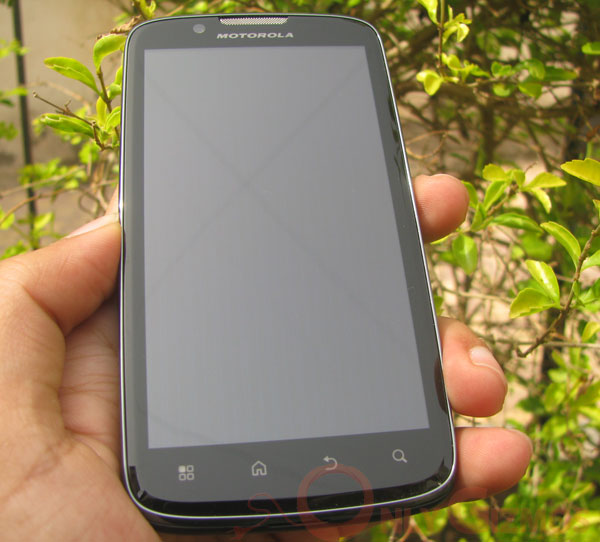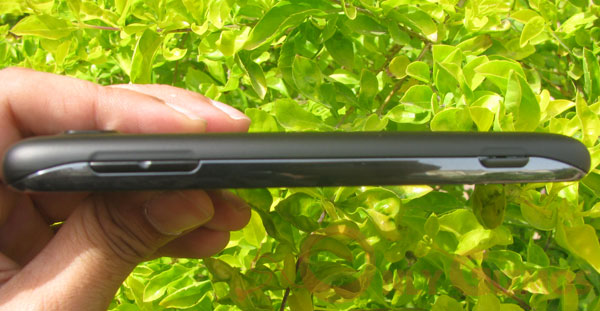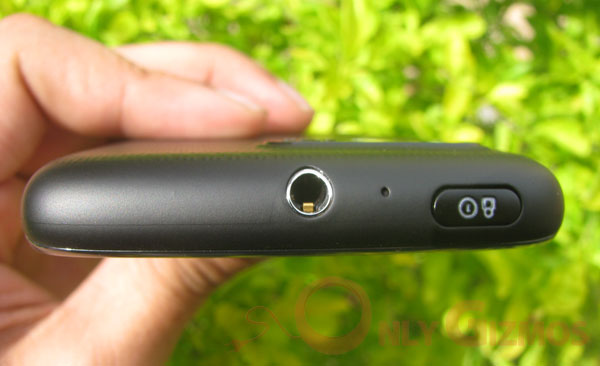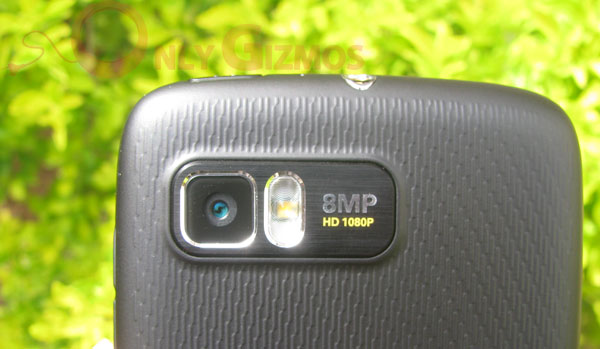Motorola’s Droid Razr has managed to create quite a stir in the market with its innovative groundbreaking sleek design and power it packs under the hood. And now with the Motorola Atrix 2 being released in the market, which is a successor of the famous Motorola Atrix which debuted last year and was billed by many as one of the best devices to hit the market in the year 2011.
The big question here is; will the Atrix 2 bring something new to the table just like its older sibling or fade away in the morrow? Well we decided to go ahead and take a look to find out just that. Read on to find out yourself, if the Atrix 2 has any potential to be a game changer in the market.
Specification:
• 4.3 inch non-Pentile qHD display
• 1GHz dual-core TI OMAP4430 Processor
• 1GB DDR2 RAM
• 1,785mAh
• 8MP / 1080p HD
• Android OS v2.3 (Gingerbread)
Build and Design

The Atrix 2 does not look much different from its predecessor, and there are very minute changes here and there, most of them are majorly related to the specs under the hood.
Well speaking about the Motorola Atrix 2 it has lost the Kevlar protection and the finger print reader. Though, it has a sleeker design at 10mm, which isn’t much compared to the uber sleek devices of today, with the Droid Razr being one of them.
The front of the device sports the VGA front camera on the top next to the call speaker grill, followed by the 4.3 inch qHD screen with a screen resolution of 960×540 and the standard Android capacitive touch buttons right below it.

On the right side of the device you have the volume control keys along with the camera shutter key.

On the left you have the microUSB and the micro HDMI ports for the device to connect to the webtop and the lapdock.

On the top of the device you have 3.5mm audio jack, a noise cancellation mic and the power button which doubles up as the screen lock button.

On the back of the device you have an 8MP camera with LED flash and a speaker at the bottom towards the left side.
The device is also much lighter in comparison thanks to its all plastic body. Though I must add that the plastic does not affect the looks of the device one bit with a rubberized matte finished at the back, also making it quite easy to grip the phone as well. Overall the device ends up looking much better than the Atrix 4G due to its rounded curve design.
Display
Now talking about the display on the device, it’s improved than the one on the Atrix 4G for the fact that it’s a non-Pentile display to begin with and thus the readability of text can be expected to be much better. Also the legibility of the display under the sun is good enough for one to not only see images but also read text, albeit with the brightness turned up to the hilt. The display laced with a Corning Gorilla glass is also a finger print magnet and we had to consistently wipe our screen.
Hardware
Coming to the hardware specifications of the device, Motorola has managed to cramp in some decent spec under the hood of this device for it to stand comfortably in the midst of the best of the dual core devices. Though it has a cheaper TI OMAP processor as compared to the Tegra 2 on the Atrix 4G, the performance remains unaffected with most of the games and apps performing smoothly on the device.
Now we are a little surprised for the fact that the internal storage capacity of the device has been clipped from 16GB to 8GB only. And we do not think that the 2GB microSD card bundled with the device is enough to compensate.
Software
The Atrix 2 sports Android v2.3 or Gingerbread with the latest iteration of MotoBlur. The improved UI by Moto offers you a lot of customizations options and seems to have borrowed a few tricks from Samsung’s TouchWiz and the Sense UI by HTC.
The Atrix 2 comes with some interesting pre-installed apps which includes the likes of Social Networking, Zumo Cast. Social Networking is an all in one app for Facebook, Twitter etc., whereas Zumo Cast would allow you to transfer files between your PC’s desktop and the Atrix 2. Sadly they don’t really offer you a smooth experience, but might prove to be useful to some of you.
Camera

The Atrix 2 boasts of a bumped up 8MP camera with LED flash. We were disappointed by the fact that the Atrix 2 only has a single stage camera shutter button. Though, I must mention the fact that the smooth functioning auto focus on the Atrix 2 turned out to be a life saver for what could’ve been a disastrous camera experience. As a result clicking images from the 8MP camera on the Atrix 2 didn’t prove to be cumbersome.
Images taken with the Atrix 2 have proved to be a mixed bag with the images taken in the day being inconsistently darker than the rest. Surprisingly the images taken under low light and night conditions were better. When it comes to the video, we did not find any reason to complain was the videos captured at 1080p were absolutely crisp with natural color rendition and the sound quality was also quite good.
The overall experience on the 8MP camera is good and you might find yourself taking a lot of images and videos with this device.
Battery Performance
Though the battery on the Atrix 2 has been brough down to 1785mAh from the 1905mAh on the Atrix 4G the battery performance was slightly better than the original. Our battery lasted for almost an entire day with continuous net connectivity over EDGE and Wi-Fi, a bit of music on the go and a couple of hours on calls.
Though, you might be well advised to carry a charger around in case you fall under the power user category.
Here is a quick video review of the device:
Wrap-up
There is hardly any difference in the benchmark scores between the Atrix 4G and the Atrix 2. But considering the fact that the devices were launched a year apart from each other and the high standards other devices have set, the Atrix 2 perhaps manages to take the slot of a decently spec’ed device priced at a reasonable rate of Rs. 22,000.
Although, it doesn’t set any standards, the Atrix 2 provides you with a performance close to the likes of the Samsung Galaxy SII, that too being a good Rs. 6,000 cheaper. Though if pure hardware muscle is what you are looking for, then perhaps you should consider the latter device.





